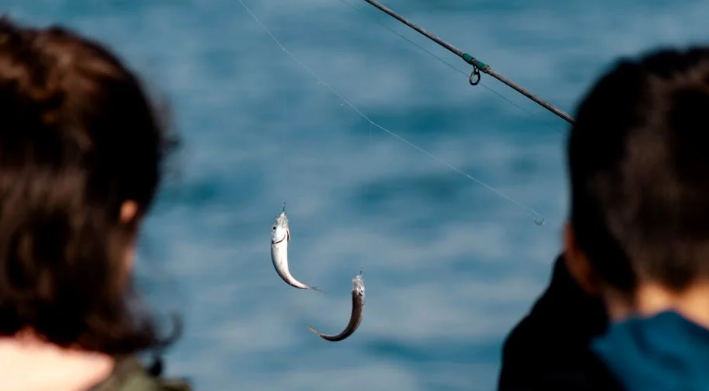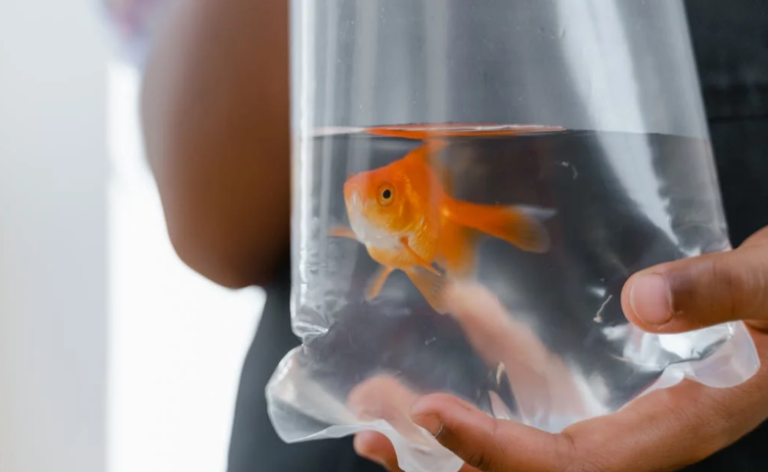Flash freezing is a method used to preserve fish at their peak freshness by rapidly freezing them at extremely low temperatures. This process ensures that the texture, flavor, and nutritional value of the fish are maintained. Here’s a step-by-step guide on how to flash freeze fish at home.
Why Flash Freeze Fish?

Flash freezing fish is an effective way to preserve it because it minimizes the formation of ice crystals, which can damage the cell structure of the fish. This method locks in the fish’s natural moisture and prevents the mushy texture that often results from slower freezing methods. By flash freezing, you can enjoy high-quality fish that tastes almost as fresh as the day it was caught.
Materials Needed
Before you start, gather the necessary materials:
- Fresh fish
- Ice
- Freezer bags or vacuum-sealed bags
- Baking sheet or tray
- Parchment paper
- Freezer
Preparation Steps
1. Select Fresh Fish
Choose the freshest fish possible. Whether you catch it yourself or buy it from a reputable source, ensure the fish is in good condition, with clear eyes and firm flesh. Fresh fish has a clean, ocean-like smell.
2. Clean and Gut the Fish
If the fish is not already cleaned, you need to gut, scale, and fillet it. Rinse the fish thoroughly under cold running water to remove any blood and entrails. Pat the fish dry with paper towels.
3. Portion the Fish
Cut the fish into portions if you haven’t already. This makes it easier to handle and freeze quickly. Smaller portions also thaw more evenly and faster when you’re ready to cook them.
Flash Freezing Process
1. Pre-Freeze Setup
Line a baking sheet or tray with parchment paper. This prevents the fish from sticking to the tray during the freezing process. Arrange the fish portions on the tray in a single layer, making sure they don’t touch each other.
2. Initial Freezing
Place the tray of fish in the freezer. Ensure your freezer is set to its coldest setting, ideally below -18°C (0°F). Allow the fish to freeze for about 2 to 4 hours, or until the fish portions are solid.
3. Prepare for Long-Term Storage
Once the fish portions are frozen solid, remove the tray from the freezer. Quickly transfer the frozen fish into freezer bags or vacuum-sealed bags. If using freezer bags, remove as much air as possible before sealing. Vacuum-sealed bags are preferable as they remove air completely, reducing the risk of freezer burn.
4. Label and Store
Label the bags with the date and type of fish. Place the sealed bags back in the freezer for long-term storage. Properly flash-frozen fish can last for up to 6 months or more without significant loss of quality.
Tips for Successful Flash Freezing
1. Work Quickly
Speed is essential when flash freezing to prevent the fish from partially thawing during the transfer process. Have all your materials ready before you start.
2. Use a Deep Freeze
A regular freezer might not be cold enough for true flash freezing. To achieve the best results, use a deep freezer or a commercial-grade freezer.
3. Avoid Overcrowding
Do not overcrowd your freezer with too many fish portions at once. This can slow down the freezing process and lead to the formation of larger ice crystals. Freeze in batches if necessary.
Benefits of Flash Freezing Fish
1. Maintains Freshness
Flash freezing preserves the fish at its peak freshness, locking in the flavor and texture that would otherwise degrade over time.
2. Nutritional Value
By rapidly freezing fish, the nutrients are better preserved compared to slower freezing methods. This means you get the maximum health benefits when you eat the fish.
3. Convenience
Having flash-frozen fish in your freezer allows you to enjoy high-quality seafood at any time, without needing to worry about it spoiling quickly.
4. Cost-Effective
Buying fresh fish in bulk and flash freezing it can be more economical than purchasing small quantities of fresh fish frequently.
Common Mistakes to Avoid
1. Freezing Wet Fish
Ensure the fish is dry before freezing. Excess moisture can lead to ice crystal formation and affect the texture of the fish.
2. Improper Packaging
Poorly sealed bags or containers can lead to freezer burn, which degrades the quality of the fish. Always use airtight packaging.
3. Slow Freezing
Freezing fish slowly can cause large ice crystals to form, which can damage the fish’s cell structure. Always freeze quickly to maintain the best quality.
Thawing Flash-Frozen Fish
1. Thaw in the Refrigerator
The safest way to thaw flash-frozen fish is to transfer it from the freezer to the refrigerator the night before you plan to use it. This slow thawing method ensures the fish maintains its texture and flavor.
2. Cold Water Thawing
If you need to thaw the fish more quickly, place it in a sealed bag and submerge it in cold water. Change the water every 30 minutes until the fish is thawed.
3. Avoid Room Temperature Thawing
Never thaw fish at room temperature, as this can lead to bacterial growth and compromise food safety.
Cooking Flash-Frozen Fish
Once thawed, flash-frozen fish can be cooked just like fresh fish. Whether you prefer grilling, baking, frying, or steaming, the fish will have retained its quality, ensuring a delicious meal.
Conclusion
Flash freezing is a practical and efficient method to preserve the quality and freshness of fish. By following these steps, you can enjoy the benefits of fresh-tasting, nutritious fish anytime. Whether you’re a fisherman looking to store your catch or a seafood lover wanting to keep fish on hand, flash freezing is the way to go.



